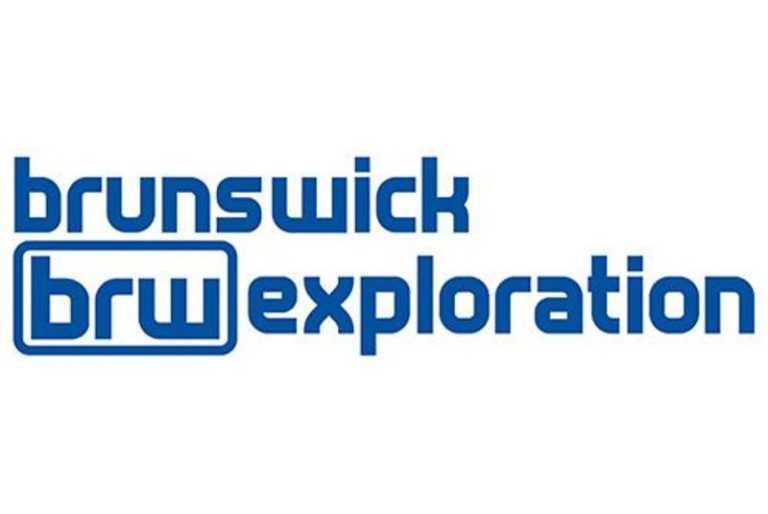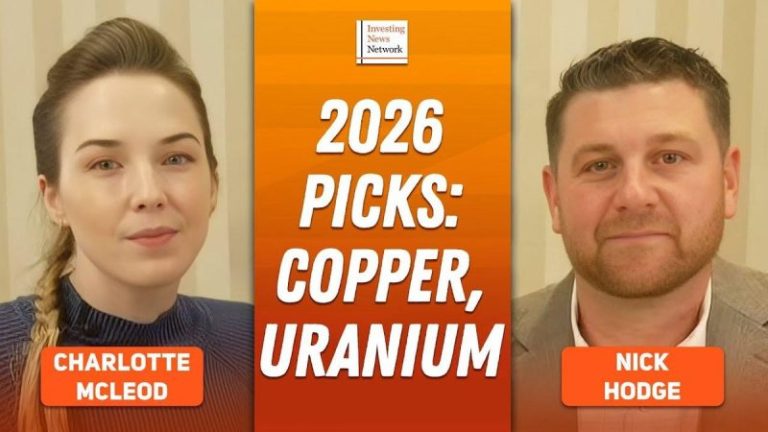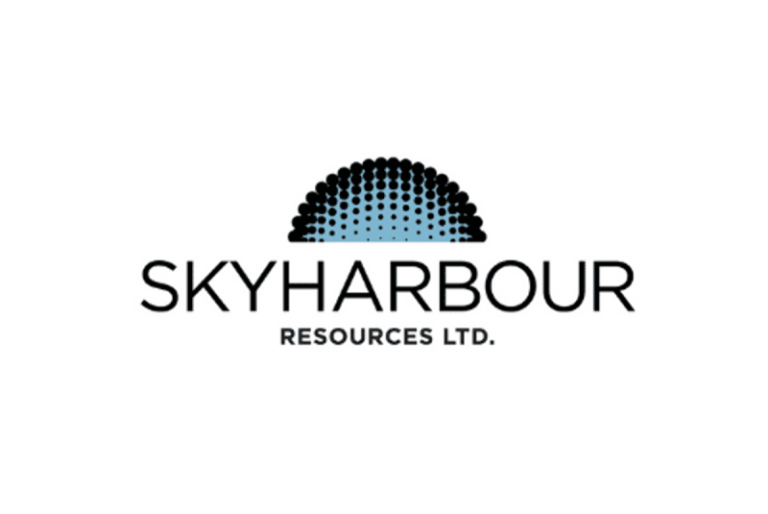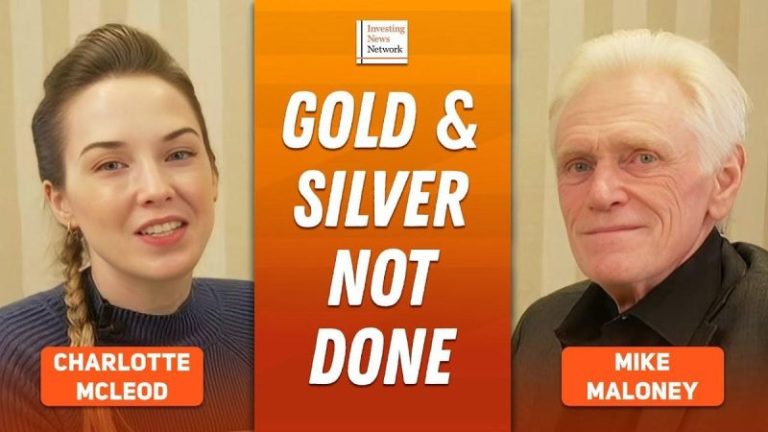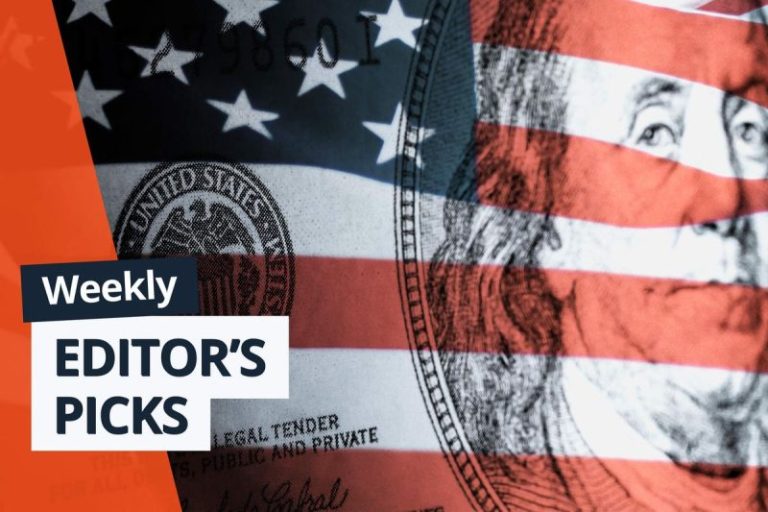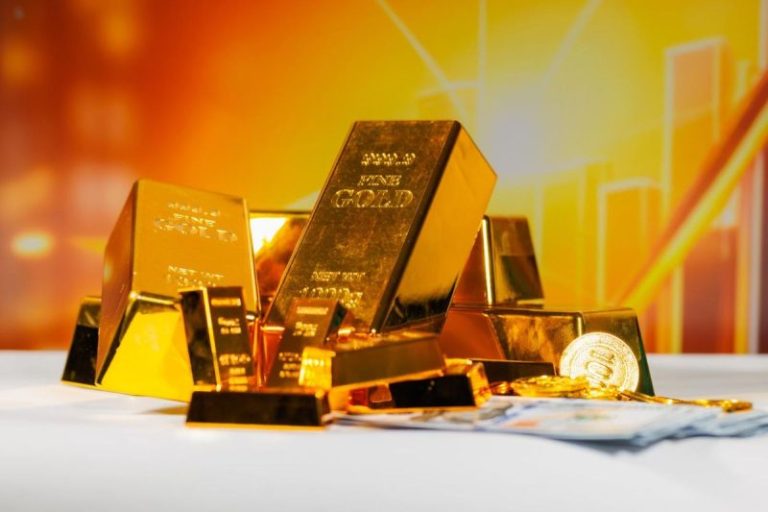Brunswick Exploration Inc. (TSX-V: BRW, OTCQB: BRWXF; ‘ BRW ‘ or the ‘ Company ‘) is pleased to announce inaugural drilling results from its Anatacau Main Project, located in the Eeyou Istchee-James Bay region of Quebec. All drillholes were centered on the Anais showing and intercepted multiple, large spodumene-bearing pegmatites with rich lithium mineralization. The pegmatites are found along a major deformation corridor, reminiscent of the neighboring Galaxy deposit owned by Rio Tinto located 22 kilometers to the West.
Highlights include:
- 1.66% Li2O over 47.2 meters in drill hole AN-25-05 within a larger package of continuous lithium mineralization (present within both country rock and pegmatites) of 120.7 meters at 1.31% Li2O .
- Very high cesium values intercepted in multiple secondary sub-parallel dykes including 1.46% Cs2O over 1 meter and 0.8% Cs2O over 1 meter.
- This latest discovery is now drill traced over 170 meters of strike length and is open in all directions.
Mr. Killian Charles, President and CEO of BRW, commented: ‘Today’s exciting results underscores the opportunities across our continuously growing portfolio. We are rapidly starting to define a sizeable lithium system at Anatacau Main which, importantly, remains open in all directions. Furthermore, we are seeing mineralization constrained to the same structural corridor that is found at Rio Tinto’s Galaxy project (54.3Mt M&I at 1.30% Li2O and 55.9Mt Inferred at 1.29%, see Note ) and BRW’s Anatacau West. At Anatacau Main, we control over 18 kilometers of this highly prospective corridor which will be the focus of subsequent work in Q1 2026.
Between these strong results at Anatacau, a forthcoming maiden resource estimate for Mirage, an inaugural drill campaign in Greenland and further growth opportunities beyond the existing portfolio, Brunswick Exploration is among the most exciting companies in the lithium exploration space.’
Table 1 : Mineralized Intercepts from Inaugural Drilling Program at Anatacau Main
True thickness is estimated between 65% and 85%
Figure 1 : Surface Map of the Anatacau Main Project and Drill Holes Completed to Date
Results Interpretation
The largest pegmatite outcrop observed at the Anais showing has now been extended to over 170 meters in strike length and to a maximum depth of 98 meters. It remains open in all direction with an apparent thickness of 47.2 meters (DDH AN-25-05) at its widest point. The main pegmatite dyke is interpreted to be dipping 85 degrees to the West. Several other, well-mineralized stacked pegmatite intervals were also intercepted in all holes, demonstrating the potential for more dyke discoveries in the vicinity of the outcrop (Figure 1). The mineralized dykes discovered at Anatacau straddle the southern side of an interpreted major deformation zone, striking northwest-southeast; a structural control that is reminiscent of the Galaxy deposit (Figure 2). The different pegmatite dykes appear to be oriented North-South to Northeast-Southwest.
The pegmatite dykes show excellent continuity in terms and mineralogy and grade, with several high-grade zones intersected to date (Table 1, Figure 3). The mineralized pegmatite dykes typically exhibit massive to coarse crystals (15+centimeters) with a mineralogy consisting of quartz, white K-feldspar, plagioclase, white spodumene, and minor amounts of muscovite, fine-grained tourmaline, and blue apatite. Spodumene crystals are inclusion-free and are consistently white unlike spodumene mineralization found at the Galaxy deposit and Anatacau West which varies from off-white to greenish. Some pegmatite intervals are under the cut-off of 0.3% Li2O but demonstrate high values of tantalum and cesium (up to 1.46% Cs2O in a 1 meter interval). This highlights the potential for other types of mineralization and by-products at the Anatacau Main project, a feature uncommon in other James Bay projects.
Host rocks consist of greywacke and amphibolite, locally deformed into schist near the deformation zone where pegmatites seem to propagate well into both units. Holmquistite, a lithium amphibole, is commonly observed in all host rocks at varying concentrations (up to 1.5% Li2O in host rock) over significant widths. This pervasive lithium alteration is potentially indicative of significant lithium bearing fluids along the deformation corridor and could be potentially used as a vectoring tool for further discoveries.
A geometallurgical study is underway at SGS using DMS (Dense Media Separation) with results expected early in 2026.
Figure 2 : Regional Map of the Anatacau Main and Anatacau West Projects
Figure 3 : Cross Section A-A’ (see Figure 1 for Location)
Table 2 : Drill Hole Collars (UTM Nad83, Zone 18N)
| Drill hole | Azimut | Dip | Length | UTM X | UTM Y |
| AN-25-01 | 78 | -49.2 | 126 | 380436.08 | 5784638.25 |
| AN-25-02 | 78 | -72.26 | 93 | 380436.08 | 5784638.25 |
| AN-25-03 | 98.33 | -50.53 | 144 | 380384.73 | 5784678.00 |
| AN-25-04 | 129 | -49.27 | 108 | 380384.42 | 5784599.78 |
| AN-25-05 | 140 | -49.27 | 159 | 380329.20 | 5784591.66 |
| AN-25-06 | 140 | -49.26 | 165 | 380232.46 | 5784553.73 |
Anatacau Drilling Campaign Overview
Six (6) diamond drill holes were completed (see Figure 1 and Table 2) for a total of 750 meters. The holes were spaced by 55 to 100m, and all holes intercepted mineralized pegmatites.
The aim of the 2025 drilling campaign was to test at shallow depths (less than 150 meters vertical depth) the pegmatite dykes mapped at surface on the Anaïs showing. The drilling campaign was performed in HQ size to perform a geometallurgical study, planned according to a grant from the Ministry of Natural Resources and Forests of the Quebec Government.
Brunswick Exploration discovered the Anais showing in 2023, which consists of several parallel pegmatite dykes with visible spodumene mineralization. The largest dyke found to date is exposed over a 15 m wide by 100m long outcrop. Several grab samples returned high grade values ranging from1.19 to 3.83% Li2O on the outcrop itself (see press release dated July 13, 2023). The Anais lithium discovery is located 22 kilometers East and along strike from Rio Tinto’s Galaxy project and BRW’s Anatacau West project.
Note
SEC Technical Report Summary for the James Bay Lithium Project prepared by SLR Consulting (Canada), Wave International Pty and WSP Canada for Arcadium Lithium Plc., dated August 31 2023
About the Anatacau Project
The Anatacau Main and the Anatacau West Projects are under option from Osisko GP, a subsidiary of Osisko Development whereby BRW can earn a 90% interest in the projects. For further details, please refer to the November 28, 2022 News release.
QAQC
All drill core samples were collected under the supervision of BRW employees and contractors. The drill core was transported by helicopter to the logging facility at camp Wabamisk. and by truck from the drill platform to the core logging Each core was then logged, photographed, tagged, and then packed to be shipped to Val-d’Or. Core splitting by diamond saw and sampling was done by BRW contractor at their Val-d’Or facility. All pegmatite intervals were sampled at approximately 1m intervals to ensure representativity, excluding all host rock material. Host rock was also sent for analysis 1m before and after each pegmatite interval. Samples were bagged, and blanks, pulp duplicates and certified reference materials for lithium were inserted at regular intervals. Groups of samples were placed in larger bags, sealed with numbered tags, in order to maintain a chain of custody. The sample bags were transported from BRW contractor facility to the Agat laboratory in Val-d’Or. All sample preparation and analytical work was performed by Agat Laboratories. Samples were crushed in order for 75% of the material to pass through a 2mm screen (method 200075), split to a sub-sample of 250g, and the split sample pulverized (200087) to obtain more than 85% of the material passing a 75µm screen. A sub-sample of the pulverized fraction was dissolved in a sodium peroxide solution, prior to lithium analysis by ICP-OES and ICP-MS according to the Agat method 201378. All results passed the QA/QC screening at the laboratory, and all inserted standard, duplicates and blanks returned results that were within acceptable limits. All reported drill intersections are calculated on the basis of a lower cutoff grade of 0.30% Li2O.
Qualified Person
The scientific and technical information contained in this press release has been reviewed and approved by Mr. François Goulet, Manager Quebec. He is a Professional Geologist registered in Quebec and is a Qualified Person as defined by National Instrument 43-101.
About Brunswick Exploration
Brunswick Exploration is a Montreal-based mineral exploration company listed on the TSX-V under symbol BRW. The Company is focused on grassroots exploration for lithium in Canada, a critical metal necessary to global decarbonization and energy transition. The company is rapidly advancing its extensive grassroots lithium property portfolio in Canada and Greenland.
Investor Relations/information
Mr. Killian Charles, President and CEO ( info@brwexplo.ca )
Cautionary Statement on Forward-Looking Information
This news release contains ‘forward-looking information’ within the meaning of applicable Canadian securities legislation based on expectations, estimates and projections as at the date of this news release. Forward-looking information involves risks, uncertainties and other factors that could cause actual events, results, performance, prospects and opportunities to differ materially from those expressed or implied by such forward-looking information. Factors that could cause actual results to differ materially from such forward-looking information include, but are not limited to, delays in obtaining or failures to obtain required governmental, environmental or other project approvals; uncertainties relating to the availability and costs of financing needed in the future; changes in equity markets; inflation; fluctuations in commodity prices; delays in the development of projects; the other risks involved in the mineral exploration and development industry; and those risks set out in the Corporation’s public documents filed on SEDAR at www.sedar.com. Although the Corporation believes that the assumptions and factors used in preparing the forward-looking information in this news release are reasonable, undue reliance should not be placed on such information, which only applies as of the date of this news release, and no assurance can be given that such events will occur in the disclosed time frames or at all. The Corporation disclaims any intention or obligation to update or revise any forward-looking information, whether as a result of new information, future events or otherwise, other than as required by law. Neither the TSX Venture Exchange nor its Regulation Services Provider (as that term is defined in the policies of the TSX Venture Exchange) accepts responsibility for the adequacy or accuracy of this news release.
A tables accompanying this announcement is available at https://www.globenewswire.com/NewsRoom/AttachmentNg/1841b3d5-7add-44fc-9098-bfc9a3ad1b96
Figures accompanying this announcement are available at:
https://www.globenewswire.com/NewsRoom/AttachmentNg/8f3d17e7-4ea2-4967-9ae5-99fc74320957
https://www.globenewswire.com/NewsRoom/AttachmentNg/d76899b2-eec4-43a8-8af9-0c912d555c2a
https://www.globenewswire.com/NewsRoom/AttachmentNg/76da0e33-bcfd-4bc2-bbff-76e34511dfa7
News Provided by GlobeNewswire via QuoteMedia

